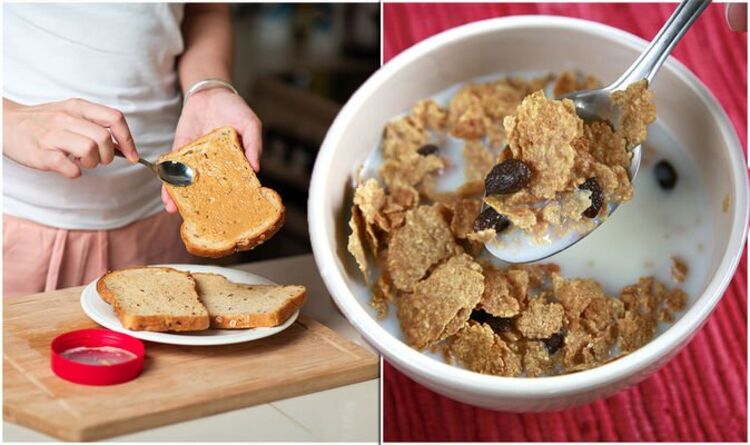Dr Ranj helps promote Arla's getfussed fibre campaign
We use your sign-up to provide content in ways you’ve consented to and to improve our understanding of you. This may include adverts from us and 3rd parties based on our understanding. You can unsubscribe at any time. More info
According to a new modelling study, published in the most recent edition of the British Journal of Nutrition: “Adding fibre to everyday foods could reduce the risk of type two diabetes and cardiovascular disease for 72 percent of UK adults.” The findings could help to boost the amount of fibre Britons are getting as part of their daily intake, something experts say just 9 percent of people are getting “the right amount of”.
UK adults consume just 19g of fibre per day on average, significantly under the recommended amount of 30g.
However, not getting enough fibre can lead to higher levels of colorectal and breast cancer, cardiovascular disease, and type two diabetes, and can disrupt the beneficial gut microbiome, according to the experts.
Nutritional analytics specialist, Crème Global, undertook the modelling. The BNJ paper was co-authored by Crème Global and Dr Kavita Karnik, global head of Nutrition and regulatory affairs at food and beverage ingredients business, Tate & Lyle.

Dr Karnik said: “Most people understand that eating fibre helps keep bowel function regular, but fewer understand that getting the right amount of fibre in your diet is highly beneficial for wider health and wellbeing, including cardiovascular, immunity, skin, brain and gut health.
“However, for most people, it is difficult to get enough fibre into their diet without exceeding their recommended calorie intake.”
One easy way to boost your daily fibre intake is by making some small swaps.
DON’T MISS
Diabetes: The golden drink that lowers blood sugar for months [INSIGHT]
Paracetamol: Four side effects when you go to the toilet [EXPLAINER]
High cholesterol: Signs in your calf, buttocks or thighs [REPORT]
These include:
- Swapping jam on toast with almond or other nut butter
- Swapping standard yoghurts with added fibre yoghurts
- Reduce sugar intake and up fibre intake by swapping the occasional milk chocolate treat with a “reduced sugar” version, with added fibre to retain sweetness without compromising on taste
- Swap white sliced breakfast toast with a fibre fortified cereal, marked as “source of fibre” for “high in fibre” on the packet

The key behind many of these swaps is fibre fortification, something which Dr Karnik believes can play a “highly beneficial role to public health”.
Food fortification involves the addition of vitamins and minerals to foods as part of the manufacturing process.
Foods which have been fortified often have this specified on their labels.
Dr Karnik said: “It would allow consumers to continue eating the products they prefer while potentially, lowering rates of cardiovascular disease, type two diabetes and help maintain a healthy weight across the population.”

How does eating more fibre reduce the risk of heart disease?
According to Havard health: “Fibre’s role in preventing heart disease is thought to stem from its ability to lower both blood pressure and cholesterol.
“It also fills you up, which helps you eat less and perhaps lose weight.”
How does eating fibre reduce the risk of type two diabetes?
According to a study published in August 2016 in Experimental and Therapeutic Medicine, soluble fibre specifically helped increase insulin sensitivity, lowered blood sugar, and reduced cholesterol in people with type two diabetes
Diabetes.org.uk recommends increasing the amount of fibre in your diet to help “manage” diabetes.
Source: Read Full Article
